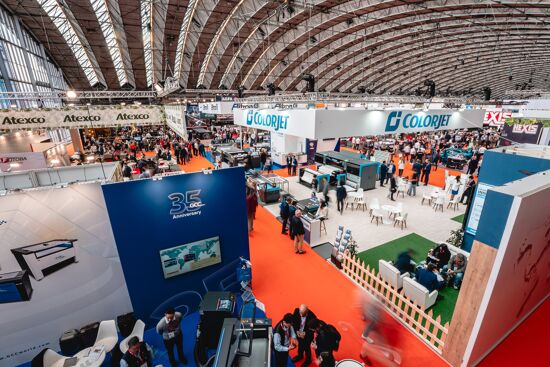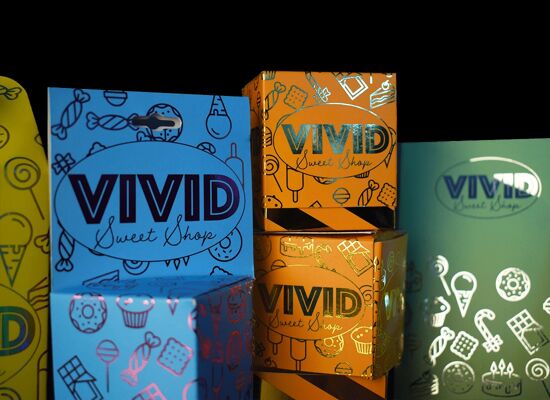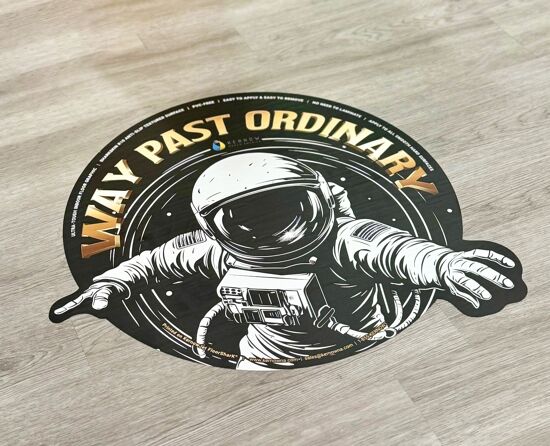Durst unveils new and upgraded kit at FESPA 2017
Four new presses were presented on the manufacturer’s stand, the UV-based Rho P10 250 HS Plus and Rho 512R Plus printers and the water-based Rho WT 250 and Rhotex 325.
At FESPA 2017, which took place from 8-12 May at the Hamburg Messe, industrial inkjet specialist Durst unveiled a raft of new and upgraded machines.
The upgraded Rho 512R Plus and Rho P10 250 HS Plus printers were presented under the slogan of ‘Investment Security and Reliability’. These two machines supersede the original Rho 512R and Rho P10 250 HS printers.
The Rho 512R Plus enhances the company’s 5m-wide printer with a new Fine Art printing mode at 1,200dpi. Additionally, in Production mode the machine can now reach speeds of up to 400sqm/hr, up from the 360sqm/hr top speed that could be achieved on the original Rho 512R.
“The quality improvement with Fine Art mode is significant,” said Durst Group executive vice-president of global sales Barbara Schulz to PrintWeek.
“We introduced this mode on the flatbed side last year – while we felt it would appeal to smaller digital specialist segment customers doing very high-quality work, it’s actually been more in demand than that so we wanted to roll it out on the roll-to-roll side as well.”
The Rho 512R Plus also offers a new V-cut system while new, additional colours are said to enable finer colour transitions.
The Rho P10 250 HS Plus offers 40% greater productivity than its predecessor. It also includes an ink-saver function, which saves up to 15% of ink, as well as an advanced application for roll-to-roll double-sided printing.
Field upgrades are available for existing 512R and Rho P10 250 HS users wishing to add the new features of the Plus models to their machines.
The company was also showing its new software offering, Durst Analytics. This preventive service option is said to guarantee user uptime by monitoring important machine parameters and taking proactive service measures.
On the water-based side, Durst was presenting two machines under the slogan of ‘Innovation and Sustainability’.
An updated version of the manufacturer’s Rho WT 250 flatbed printer is now capable of printing on plastics such as polypropylene for the first time. The machine can also be used to print on paper media and corrugated boards.
Additionally, the Rhotex 325 3.2m-wide eco-friendly printer, which replaces the Rhotex 322 in Durst’s portfolio, received its European show debut at FESPA 2017.
This machine features the dual properties of direct-to-textile and printing on transfer paper. We knew it would be a good model for the market and for our customer base but we have increased our budget for it because it’s already been a success to an extent that we had not foreseen,” said Schulz.
Miss any of the action from FESPA 2017? Catch up here with full show coverage.
Topics
Interested in joining our community?
Enquire today about joining your local FESPA Association or FESPA Direct
Recent news

Bolstering personalisation by combining print and digital technology
Using printed material in combination with digital technologies offers more opportunities to those offering personalisation to customers. Rob Fletcher shares some recent examples of the print and digital working together to enhance the impact of personalised pieces.

European Sign Expo to highlight developments shaping the future of signage and visual communications
European Sign Expo 2025 (6 – 9 May, Messe Berlin, Germany) is weeks away and a host of leading exhibitors are all set to welcome Visionaries from across the signage and visual communications industries to their stands.

Adding sparkle to personalised print with special effects
With demand for personalisation on the rise, Rob Fletcher looks at how offering customers the option to add special effects to their printed work can help you win new business and expand into new markets.

Kernow Coatings to showcase innovative solutions at FESPA 2025
Kernow Coatings will showcase innovative, sustainable wide-format printing solutions at FESPA 2025. Highlights include a collaboration with Ricoh for a space-themed booth, featuring KernowJet MetaliK and Interiors Structured Silver. They'll also present recyclable wallcoverings and PVC-free media, emphasizing high-performance, eco-friendly options.